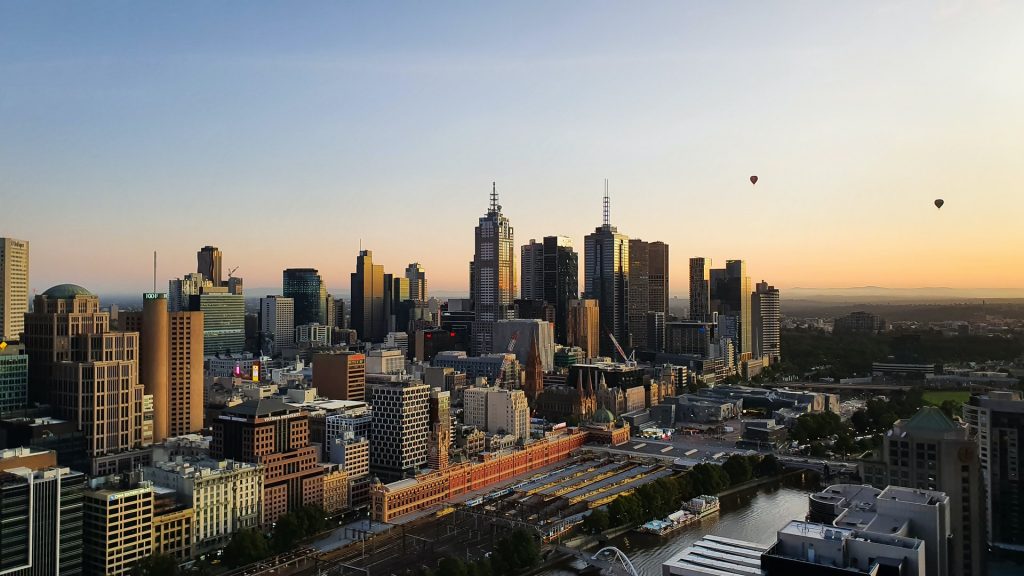Melbourne is experiencing an unusual summer milestone: no day has been classified as “hot,” defined as reaching 35°C or higher. This marks a significant departure from recent trends, as other regions of Australia face severe heatwaves.
According to the Bureau of Meteorology (BoM), the highest temperature recorded this summer so far was 34°C on January 13, with no day exceeding 35°C since March of the previous year.
January’s final forecast predicts temperatures will remain in the low 20s, though the weekend might see a rise into the 30s. The last time Melbourne had no hot days in January was 1984.
Historically, Melbourne averages about two hot days in December, 3.6 in January, and 2.7 in February. In contrast, January saw three such days in 2023 and two in 2022, compared to five in 2019 and four in 2020.

The absence of hot days this January contrasts with the hot conditions recorded in previous decades. For instance, January 1998 and 2009 each had eight hot days, and 1981 had eleven.
This year’s pattern differs notably as there have been no hot days in December either, a departure from previous non-hot years like 1984, 1980, and 1977.
The mild temperatures this summer could be linked to the current El Niño event, which has so far failed to deliver the expected warmer conditions for Melbourne.
Additionally, Australia’s recent La Niña period, known for cooler temperatures and increased cloud cover, may be influencing the city’s milder weather.
Other factors include the positive southern annular mode (SAM), which has contributed to cooler temperatures through cold fronts and high-pressure systems bringing cooler southeasterly winds.
Despite the recent mildness, the long-term trend shows that Melbourne is getting hotter overall. The hottest temperatures recorded in the city have been rising, though recent years have seen some stability.
Increased humidity, influenced by SAM and other climate factors, has made the weather feel warmer, particularly at night.
Globally, 2023 was the hottest year on record, with Australia experiencing its eighth hottest year, highlighting the broader trend of rising temperatures and more frequent heatwaves.

